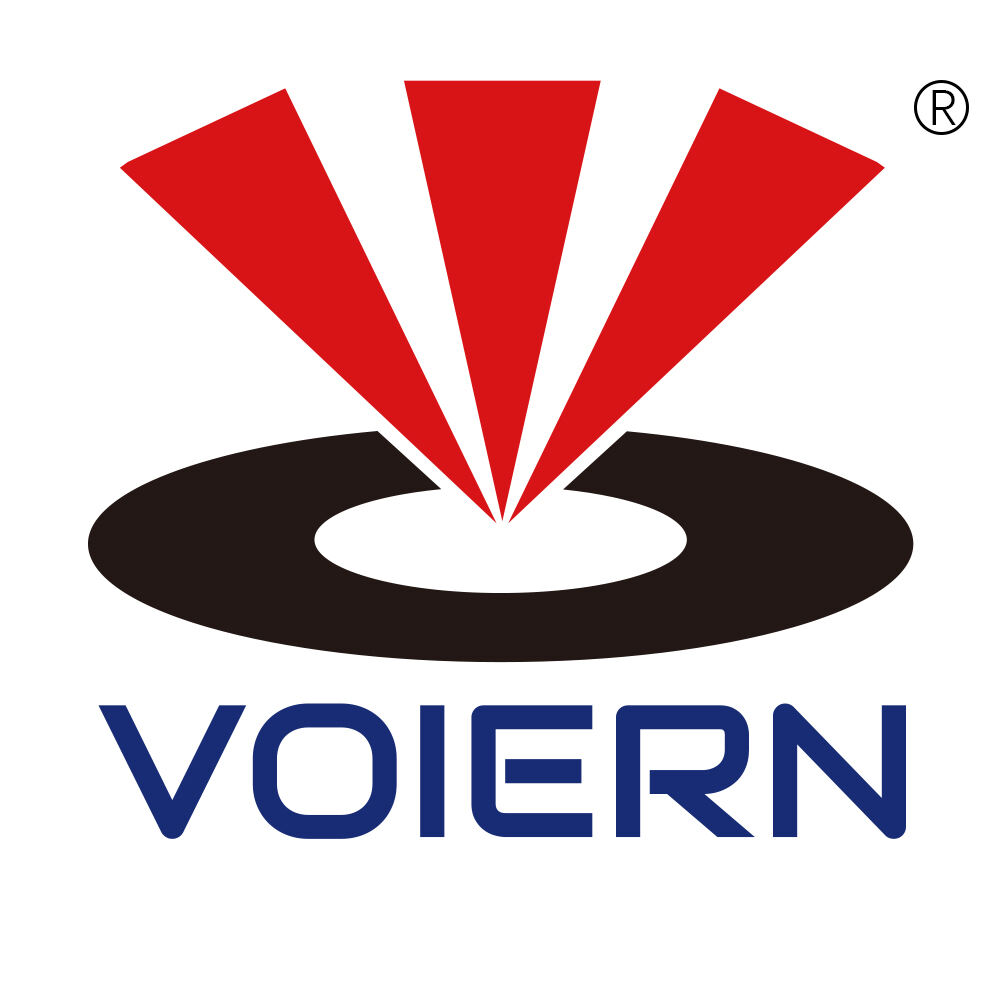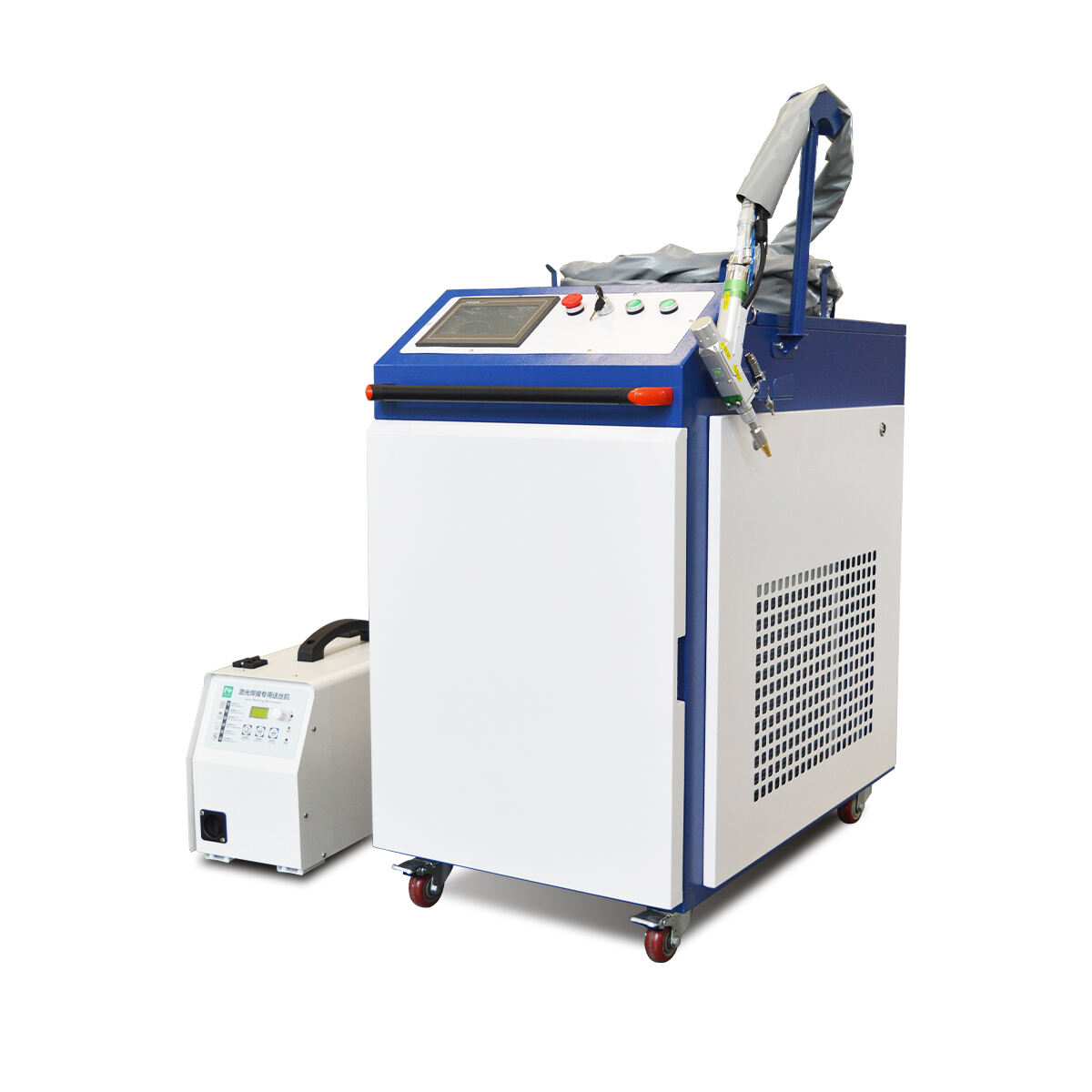The Role of Laser Welding Machines in Modern Manufacturing Processes
Core Advantages of Laser Welding Machines
Unmatched Precision in Material Joining
Laser welding machines are renowned for their remarkable precision in joining materials, achieved through the use of focused laser beams. This precision allows for controlled material joining, resulting in a minimal heat-affected zone and producing high-quality welds. Such accuracy lessens the need for additional finishing processes, which can save both time and reduce manufacturing costs significantly. For instance, laser welding can achieve tolerances within 0.05 mm, making it ideal for complex applications that demand exacting specifications. This level of precision makes laser welding a preferred choice in industries where precision and aesthetics are paramount, such as electronics and fine jewelry.
High-Speed Production Capabilities
The high-speed capabilities of laser welding machines significantly boost production efficiency. These machines can operate at speeds much higher than traditional welding methods, which translates into improved throughput in a manufacturing setting. With laser welding, tasks that might ordinarily take minutes can be completed in mere seconds, thus enhancing overall production efficiency. Furthermore, the ability to perform continuous welding without frequent interruptions contributes to higher yield rates in production lines. This ability to weld quickly without sacrificing quality is invaluable in high-volume manufacturing sectors like automotive and aerospace industries, where speed and reliability are crucial.
Versatility Across Metals and Plastics
One of the most significant advantages of laser welding machines is their versatility in handling diverse materials. These machines can adeptly weld various metals, including aluminum, steel, and titanium, as well as plastics, without requiring extensive equipment modifications. This adaptability provides manufacturers with the flexibility to innovate and use different materials in their designs. Additionally, laser welding is a clean process that minimizes contamination risks, making it an ideal choice for industries working with sensitive materials or in environments where cleanliness is crucial, such as medical device manufacturing and food processing. This versatility ensures that laser welding can be integrated into a wide array of applications, from the simplest to the most complex.
Key Applications in Modern Manufacturing
Automotive Body and Component Fabrication
Laser welding plays a crucial role in the automotive industry by significantly enhancing the strength and durability of vehicle bodies and critical components. It efficiently caters to the rising demand for lightweight materials, making it ideal for joining thin and dissimilar materials. This technology is pivotal because it improves the structural integrity of welded components by an impressive 20%, as automotive studies have indicated. The ability to maintain safety standards while reducing overall vehicle weight underscores the importance of laser welding in modern car manufacturing. Laser welders also boast economic advantages through reduced production costs by eliminating processes like drilling and tapping in component assemblies.
Aerospace Structural Welding Solutions
The aerospace industry places significant emphasis on precision and structural integrity, especially for critical components like frames and fuselage. Laser welding is ideal in this scenario, primarily due to its ability to maintain component integrity while significantly reducing weight, which directly impacts fuel efficiency. Industry reports highlight improvements in performance and component lifespan due to laser welding applications, demonstrating its essential role in this sector. By enabling lightweight design adaptations, laser welding allows aerospace manufacturers to meet stringent quality standards and enhance aircraft performance efficiently.
Medical Device Assembly Precision
In the medical field, devices demand a high degree of precision, which laser welding effectively provides. It's widely used for assembling delicate components, such as catheters and surgical instruments, crucial for maintaining healthcare standards. Automating the laser welding process ensures unparalleled consistency and quality, aligning with the rigorous regulatory standards that govern medical manufacturing. Studies reinforce the value of laser welding machines by demonstrating a 30% improvement in production efficiency, showcasing its integral role in the advancement and reliability of medical device assembly.
Technological Innovations in Laser Welding
Integration with Robotic Automation Systems
Robotic systems play a crucial role in enhancing the productivity of laser welding machines. The integration of robotics with laser welding provides the flexibility and precision necessary for handling different parts and conducting complex welding tasks at high speeds. This conjunction allows manufacturers to effectively manage parts that vary in shapes and sizes during the welding process, significantly improving operational efficiency. According to manufacturing trends, robotic automation in laser welding can enhance operational efficiency by up to 40%, positioning itself as a pivotal strategy for modern production lines and yielding considerable benefits.
Smart Process Monitoring Capabilities
Advanced laser welding machines are equipped with smart monitoring features that ensure weld quality through real-time assessments. These systems use sensors and AI algorithms to scrutinize parameters like temperature and pressure, dynamically adjusting the processes to maintain optimal results. Such smart technologies minimize errors, as noted by research showing these capabilities can reduce error rates in welding applications by up to 25%. The implementation of smart monitoring technologies not only boosts production reliability but also significantly elevates overall manufacturing output quality.
Advanced Fiber Laser Configurations
Fiber laser technology is a notable innovation in laser welding, providing superior beam quality and efficiency compared to conventional lasers. These advanced configurations offer deeper penetration welding, establishing stronger joints that are indispensable for high-performance applications. Industry analysis indicates that adopting fiber laser systems can dramatically reduce operating costs for manufacturers due to their enhanced energy efficiency. By optimizing the welding process with fiber laser technology, manufacturers witness improved joint integrity and more economical energy usage, making this a preferred choice for cutting-edge industrial applications.
Voiern Laser Welding Machine Features
High-Energy Pulse Welding Technology
Voiern machines utilize high-energy pulse welding technology, which is a cornerstone for achieving precise and reproducible welds across a variety of materials. By employing this technology, thermal distortion is substantially minimized, resulting in clean finishes that often do not require secondary processing. According to technical tests, this high-energy pulse approach can enhance weld strength by up to 15%, making it highly beneficial for various industrial applications such as automotive and electronics manufacturing.
Precision Thin-Wall Material Handling
The Voiern laser welding machine excels in handling thin-wall materials, crucial in industries such as aerospace and medical. Its advanced optics are meticulously engineered to ensure minimal burn-through and distortion, which is imperative for preserving the structural integrity of delicate components during welding. Field reports have shown promising results, with the Voiern system reducing defects by 30% when working with thin-wall materials, demonstrating its efficacy in challenging applications where precision is paramount.
Automation-Ready System Architecture
Voiern laser welding machines are designed with an automation-ready system architecture, facilitating seamless integration into automated workflows. This design not only boosts efficiency but also guarantees consistent quality across multiple projects, reducing the likelihood of human error. According to industry insights, this feature can lead to a productivity increase of 20% in manufacturing environments, making Voiern machines a valuable addition to any automated production line striving for excellence.
Multi-Material Compatibility Chart
Voiern machines feature a comprehensive compatibility chart that simplifies the use of different materials within a single welding setup. This adaptability empowers manufacturers to innovate without the cumbersome need to swap out equipment due to material changes. Statistical analyses support this advantage, indicating that effective material compatibility can lead to approximately 15% in cost savings during production, as it maximizes the operational efficiency and versatility of the welding process.
Future Trends in Industrial Laser Welding
AI-Driven Quality Control Systems
The progression of laser welding technology is heavily influenced by AI-driven quality control systems. These systems, capable of learning from previous welding processes, are set to revolutionize error management and enhance product reliability. By continuously analyzing welding performance, they significantly reduce error rates, leading to more consistent output. Forecasts indicate that integrating AI into welding processes could reduce defects by nearly 30% in the next decade. This advancement highlights the importance of AI in maintaining quality control within laser welding applications.
Hybrid Laser-Arc Welding Developments
Hybrid laser-arc welding is emerging as a frontrunner in welding technology, combining the advantages of both laser welding and arc welding for unparalleled flexibility. This innovative approach addresses traditional challenges, such as the need for deep penetration and fast travel speed, proving effective in welding thick materials. Research showcases that hybrid welding can enhance productivity by up to 25%, setting a benchmark for efficiency in future welding technologies. This development underscores the potential for hybrid solutions to drive innovation and efficiency in the industry.
Sustainable Manufacturing Applications
Sustainability is a pivotal focus in the evolution of laser welding technologies. As manufacturing seeks to minimize environmental impact, laser welding offers an energy-efficient alternative to traditional methods, reducing carbon footprints for manufacturers. Sustainable laser welding practices contribute to lowering waste by as much as 20%, aligning well with global sustainability goals. This trend continues to push companies towards greener manufacturing technologies, emphasizing laser welding as a cornerstone of sustainable industrial practices.



